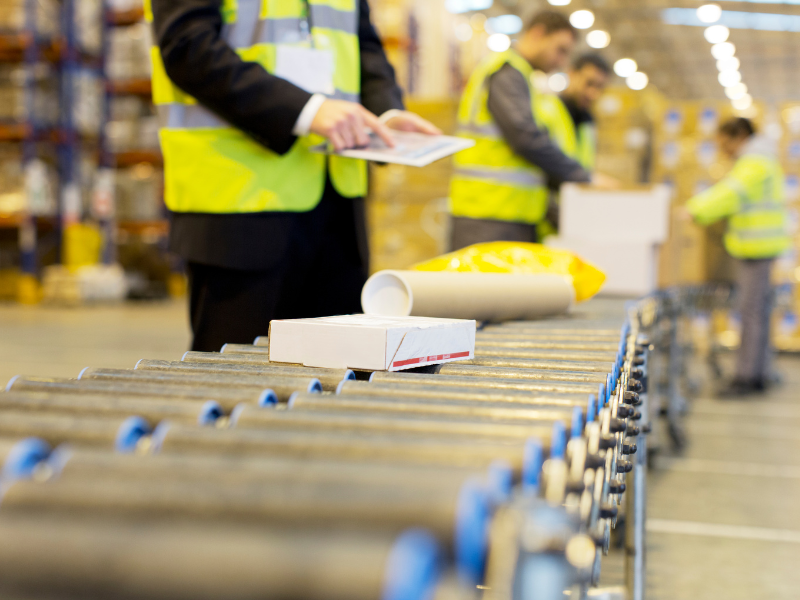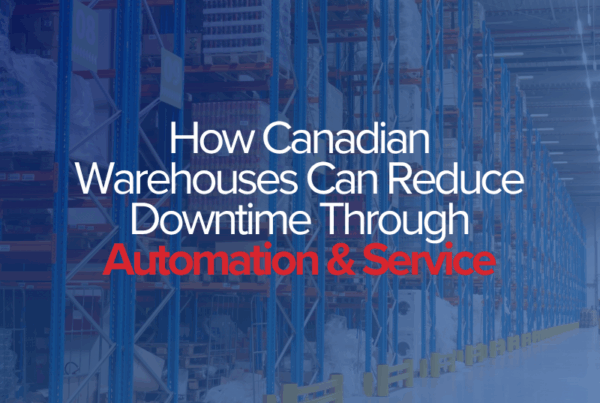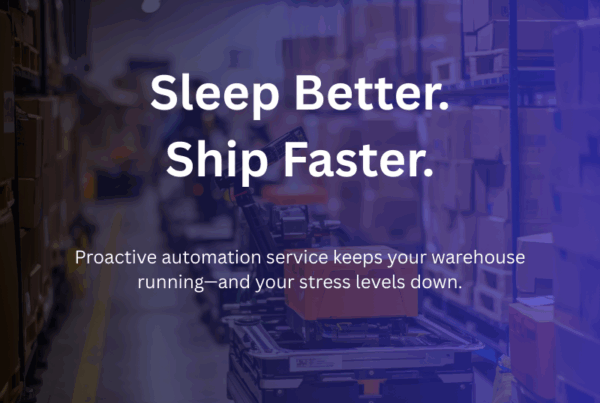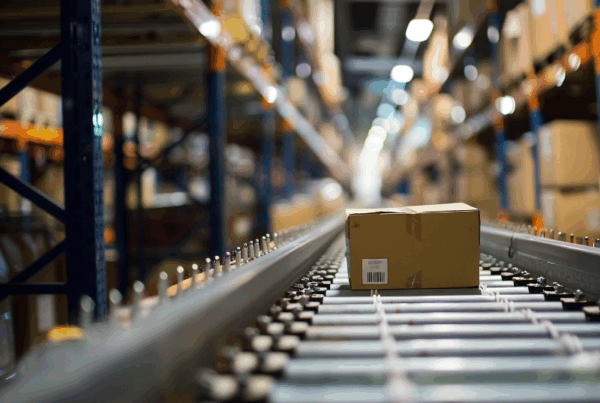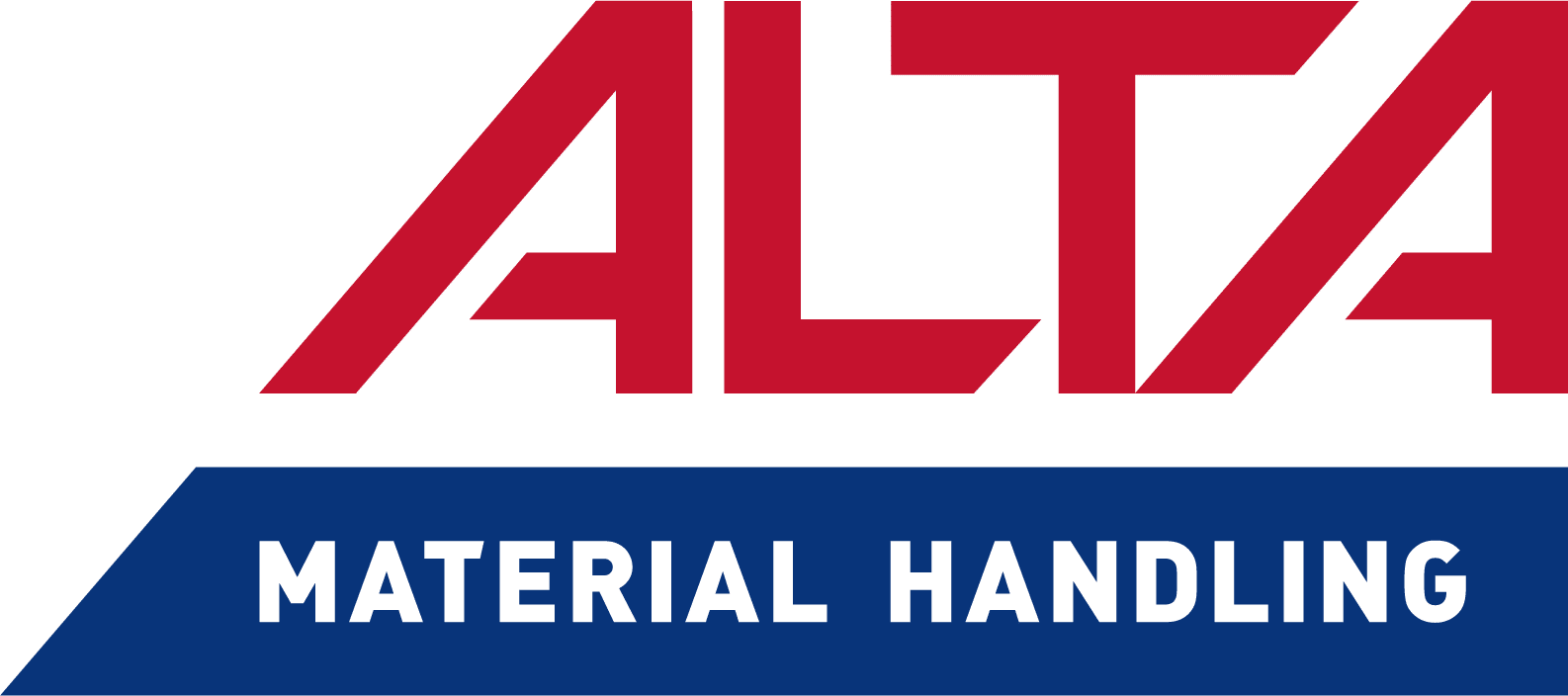As businesses grow, keeping up with increased shipments while ensuring accurate, on-time deliveries becomes increasingly complex. Chief Operations Officers, Directors of Operations, Warehouse Managers, and Industrial Engineers are often tasked with finding effective solutions to this challenge. For companies shipping 1,000, 2,500, 10,000, 50,000 orders per day and growing, understanding where to look for efficiency gains is important. One proven approach is “end-of-line automation,” which can significantly enhance efficiency, accuracy, and cost-effectiveness in warehouse and distribution operations.
What Is End-of-Line Automation?
End-of-line automation in a warehouse or distribution center refers to the automated processes that occur during the final stage of order fulfillment—when finished products are picked, packed, labeled, inspected, and prepared for shipment. This automation encompasses everything from case packing to palletizing, ensuring that products are ready to leave the facility efficiently and accurately.
In a typical warehouse, end-of-line automation may involve several key tasks:
- Picking and Packing: Selecting products from inventory and packaging them for shipment.
- Product Inspection: Ensuring the quality and accuracy of the items before shipment.
- Labeling and Weighing: Adding necessary shipping labels and verifying package weight.
- Case Packing and Dimensioning: Packing individual items into cases and measuring them.
- Palletizing and Sorting: Arranging packed goods on pallets for easy transport and organizing shipments for loading onto trucks.
Benefits of End-of-Line Automation
End-of-line automation helps to streamline these tasks, allowing warehouse operations to run smoothly even as demand scales.
– Reduced Charge Backs from Shippers: Improved accuracy in weighing and dimensioning will reduce shipping charge corrections, charge backs from shipping companies.
- Increased Efficiency: Automating repetitive tasks reduces the time needed to fulfill orders, enabling the warehouse to handle higher throughput with fewer manual processes.
- Reduced Labor Costs: Automation decreases reliance on manual labor, which not only reduces labor costs but also mitigates the impact of labor shortages.
- Improved Accuracy: Automated processes reduce human error, ensuring orders are accurately packed and labeled, which minimizes costly mistakes.
- Faster Order Fulfillment: With automation, orders are processed faster, leading to improved customer satisfaction and on-time delivery rates.
- For Third Party Logistics Companies (3PLs): Greater efficiency means better chances of meeting SLA’s (agreements and contract terms).
Technologies Used in End-of-Line Automation
Several technologies are commonly employed in end-of-line automation systems, depending on the needs of the operation:
- Conveyor Systems and Automated Mobile Robots (AMRs): These move items through the packing, labeling, and sorting process, optimizing flow and reducing manual handling.
- Robotic Arms: Used for tasks like palletizing and packing, these can work faster and more consistently than manual labor. Read more about robotic palletizing in an upcoming article that will be linked here.
- Vision Systems: These systems inspect packages to ensure quality and accuracy.
- Labeling Machines: Automate the process of applying shipping labels, ensuring each package is correctly labeled. Read more about the benefits of labelling machines in ecommerce distribution in an upcoming article.
- Dimensioning Systems: Measure packages automatically to ensure the right packaging and shipping fees.
These technologies can be customized to fit the specific needs of a warehouse, allowing flexibility in how automation is implemented.
Who Should Consider End-of-Line Automation?
End-of-line automation is particularly beneficial for companies with a high volume of shipments. If your operation ships more than 1,000 to 2,500 packages per day, an end-of-line solution can streamline processes and cut costs. For larger operations shipping between 10,000 and 50,000 orders or more daily, automation is often essential for handling growth efficiently.
Large e-commerce companies and major distributors have been perfecting these systems for years, and mid-sized businesses are now following suit. Companies that are planning to build new distribution centers often take a holistic approach to automation, while those aiming to enhance existing facilities may break the implementation into phases. Read more about how to approach and plan implementing automation by following this link to a blog about “How To Implement Conveyors in a Distribution Facility.”
Warehouse Control Software: The Digital Connection
To ensure all automated systems work together seamlessly, a warehouse control system (WCS) is critical. PeakLogix offers its own American-made PickPro WCS, which acts as the “digital glue” connecting various pieces of automation equipment to the warehouse management system (WMS) and enterprise resource planning (ERP) software. This integration enables a cohesive flow of information, ensuring that every step of the process—from packing to shipping—is aligned and optimized.
Having a unified WCS solution provided by a single company ensures a streamlined implementation and operation. PeakLogix has in-depth knowledge of the entire warehouse process, allowing them to design, integrate, and support an end-to-end solution that delivers maximum efficiency.
Conclusion
For distribution centers experiencing growth, end-of-line automation offers a practical and impactful way to improve operational efficiency, reduce costs, and enhance accuracy. By starting with the final stages of the fulfillment process and gradually expanding automation to “up-stream” areas, companies can build a scalable, high-performing operation that meets the demands of modern commerce.
PeakLogix provides customized end-of-line automation solutions, including cutting-edge technology and integrated software systems like PickPro WCS. By choosing a comprehensive solution from a trusted partner, companies can ensure they have the right infrastructure to handle increased volume while achieving a high return on investment. PeakLogix is committed to helping companies navigate the complexities of automation, delivering solutions designed for long-term success.

